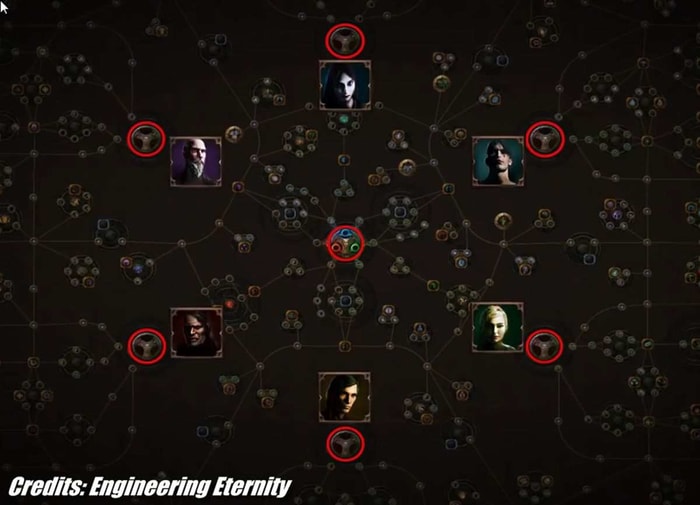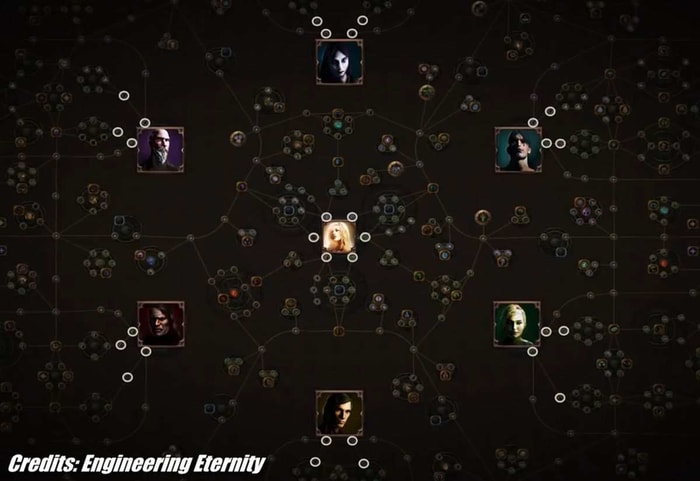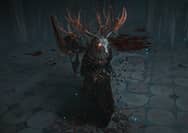Which class to play in Path of Exile? This is probably one of the most frequently asked questions by players. Today MmoGah, a trustworthy place to buy PoE currency with real money, shares with you a guide to choosing class in the game.
LiftingNerdBro is one of those experienced players who can teach you everything you need to know about this game, please click his video for more details on the classes of Path of Exile, and all the content of this article is quoted from his video:
There are seven different classes in the game. All of these classes have three ascendancies except Scion. Ascendancies are specializations that grant very powerful bonuses to your build. You can only have 1 ascendancy and you can only spend 8 ascendancy points. So, it’s not possible to get all the nodes for your specialization. It’s also important to know that you won’t choose your ascendancy specialization until you have beaten Izaro in the Lord’s Labyrinth.
DaRealLegend Of Gaming’s guide explains the classes, the Ascendancy classes, the attributes for each class.
Which Class To Play? | Path Of Exile Classes Guide PS4 | POE

There are seven classes in Path of Exile. Each of these circles you see in the picture represents its start starting position in the Skill Tree. The classes are Witch, Shadow, Ranger, Duelist, Marauder, Templar, and Scion.

The starting position for each class indicates which type of skill nodes they will have access to at low levels at the beginning of their adventure.

Each of the classes has a different attribute alignment which is Strength, Dexterity, and Intelligence. Of these three, the Witch is the primary intelligence class, the Ranger is the primary Dexterity class, and Marauder is primary Strength class. The Shadow, Duelist, Templar, and Scion are Hybrids.
Strength part of the skill tree offers armor scaling, the Dexterity part offers evasion and dodge, and Intelligence offers energy shield. For example, if you want to play a bow build, then you are going to be interested in the skill nodes that grant increased attack speed, bow damage, and maybe some critical strike and life, etc. But, since you only get 1 skill point per level and up to 24 extra quest rewards, you have to spend the points as efficiently as possible.
Let’s take another example. If you are planning on playing a two-handed melee character for a Marauder, Duelist, or Templar build, then you will need something that scales melee attack damage, attack speed, and something like increased Area of Effect in case you are using a skill that has an AoE component to it. Such a skill tree will be picking up these kinds of skill nodes, and since these nodes are on the left side of the passive tree, the number of skill nodes spent trying to reach them will be much less if you were to pick Marauder, Duelist, or Templar as opposed to Ranger or Shadow.
As a general rule of thumb, the class you choose needs to be based around the idea of which type of build you want to do, how it’s most efficiently achieved via the points you’ll have to spend in the skill tree, and also, based on which ascendancy supports it best.
Next, I will give a general rundown of which archetypes of PoE builds that typically belong to the different classes. I must preface this by saying that there are of course lots of exceptions to this.
Caster Builds: with spells and such, you’ll see these builds being played as the Witch, Templar, or Shadow.
Melee Attacker Builds: these are played as Marauder, Duelist, but are also seen as Shadow, Templar, and even Rangers too.
Bow Builds: these are primarily played as Ranger, but also seen as Shadow or Duelist.
Summoner Builds: these are almost exclusively played as either Witch or the Templar.
Totem, Trap & Mine Builds: these are three different types of builds but can arguably be played as any class depending on the type of Totems, Mines, and Traps you are using.
Support Builds: these are exclusively played as Templar or Witch.
These builds are played more as one type of class over the other due to the Ascendancy specialization they offer and their starting position in the skill tree. Some of them are rather obvious. For instance, it’s pretty obvious that the Saboteur works great for Traps & Mines builds. However, it is still viable to play a melee tank based Witch, a spell casting Marauder, and Ranger that uses energy shield as defense. These types of PoE builds are simply making use of the many different mechanics that allow you to creatively build your own character in your own way.
It will make much more sense once you’ve tried out the game or leveled a couple of characters. Don’t give up if your first character ends up feeling weak. It’s almost expected to happen for anyone who just started playing the game.
The complexity of the game that may put you off or intimidate you is the reason you eventually won’t be able to put it aside. I hope this guide can help you get a better understanding of the differences between the classes in Path of Exile. For more PoE news and guides, please bookmark the PoE news page on MmoGah which is also one of the most trustworthy websites to buy PoE items, PoE goods, as well as PoE Power leveling service.
YOU MAY ALSO LIKE:
Everything You Need To Know - PoE Beginners Guide
3 Alternative Ways to Make More PoE Currency in Metamorph League
Path of Exile Exalted Orb Farming Guide



